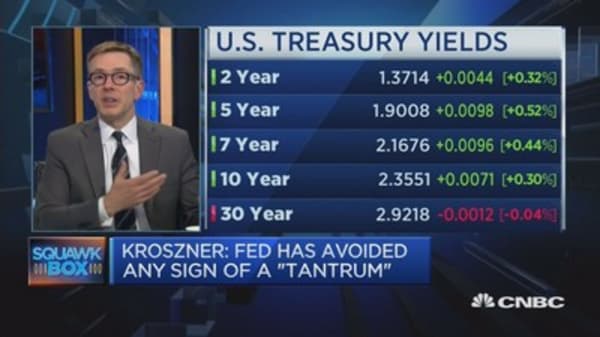That huge pool of labor supply — rather than the idea of low-paying jobs — largely explains why nominal compensations in the year to the first quarter rose only 2.3 percent, even though the reported unemployment rate declined over that period to 4.5 percent from 5 percent.
That also explains rising profits and soaring equity prices because wage growth minus productivity gains kept unit labor cost increases down to 1.1 percent, showing that capital is taking most of the expanding output shares.
The message for the White House and the Congress is simple: Get back to work some of the 102 million people who are either out of the labor force or without stable employment, and make it possible for them to get a proper training to be more productive and to fit new job opportunities. That would boost America's potential growth rate back to an average of 3.2 percent (from 1.6 percent now) observed during the 1990s.
Raising the country's growth potential would also trigger increasing business capital outlays. Lowering the corporate tax rate is only part of the story. Cutting down the cost of capital may just accelerate the implementation of existing investment projects, but it won't raise the level of the desired capital stock. Businesses will only expand factory floors and buy new machinery and equipment if they cannot satisfy actual and expected sales from production capacities they already have.
Active labor market policies have also to be accompanied by greater investments in education and health care to increase the stock and the efficiency of human capital.
In the absence of that complex set of policies, the White House pledge of a 3 percent growth rate will remain out of reach with the current noninflationary growth potential of 1.6 percent — the sum of the annual labor force growth of 1.4 percent and dismal productivity gains of 0.2 percent.





